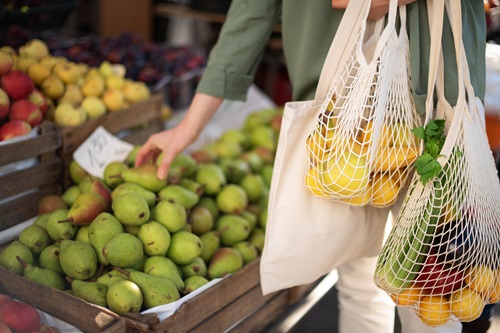Fruit First, Even in Tough Times
As Hong Kong navigates a period of economic uncertainty, several pressing concerns are shaping the daily lives of its residents. Among the most significant are increasing food prices, a potential economic downturn, and growing worries about physical health and rising healthcare costs. These challenges influence not only how people live but also how they shop—especially when it comes to essential items like fresh fruit.
Despite the economic headwinds, Hong Kong’s in-home fruit market remains robust, with an estimated value of HKD 5 billion. On average, each household shops for fruit once every nine days, spending approximately HKD 2,000 per year, or HKD 50 per visit. This consistent purchasing behaviour underscores the importance of fruit in the local diet, even as households become more cost-conscious. Oranges and apples continue to top the list as the most frequently purchased fruits. However, kiwi has emerged as the fastest-growing fruit category, reflecting a shift in consumer interest toward more diverse and possibly more nutritious options.
What Consumer Behavior Is Telling Us
- Traditional channels remain dominant in Hong Kong’s fruit market. Wet markets and fruit/vegetable stores account for approximately 50% of total fruit sales. Shoppers prefer these outlets due to the freshness, quality, and wide variety of produce, as well as long-standing shopping habits.
- Supermarkets follow with a 30% share, attracting shoppers who are typically looking for promotions and discounts.
- Over the past 12 months, 70% of Hong Kong residents visited Mainland China. Notably, almost half of these travelers bought fresh fruit during their latest visit, highlighting cross-border shopping behavior for fresh produce.
- Online adoption remains low: E-commerce accounts for only 1% of fruit sales, likely hindered by delivery fees, concerns about freshness, and the inability to inspect produce in person.
Sharpening Strategy in an Evolving Market
While Hong Kong may appear to be under economic and social pressure, several consumer-facing categories continue to show resilience and growth potential. The key to success lies in understanding evolving consumer preferences and behaviour patterns.
To stay competitive, businesses can benefit from retail measurement and consumer panel insights, which help track market trends and understand shopper behaviour.
Retail Measurement Services (RMS) track product sales across various retail channels by collecting data directly from retailers—such as supermarkets, convenience stores, and specialty shops. This provides insights into market size, share, pricing, and promotional effectiveness.
Consumer Panel Services (CPS) focus on the who and why behind purchases by gathering data from a representative group of households. These households record their purchases over time, revealing consumer demographics, shopping frequency, basket size, and brand loyalty.
When used together, RMS and CPS offer a more complete picture—linking what is happening at the shelf with the behaviors and motivations behind it. This combined perspective enables businesses to make more confident, evidence-based decisions on pricing, assortment, and promotions—key levers to driving growth in a challenging market.
Get in touch
Backed by data from RMS and CPS, businesses can adapt more flexibly to changing market conditions, make smarter strategic decisions, and build a solid foundation for long-term, sustainable growth.





